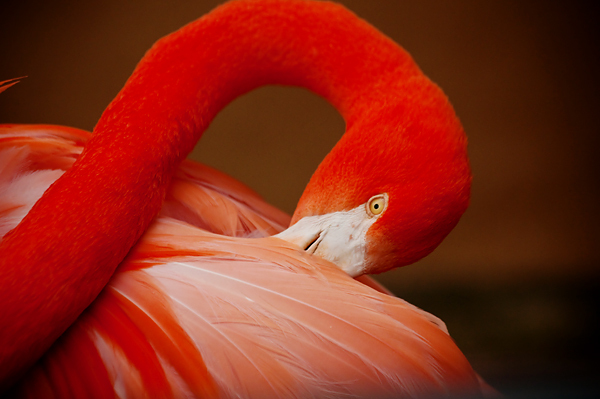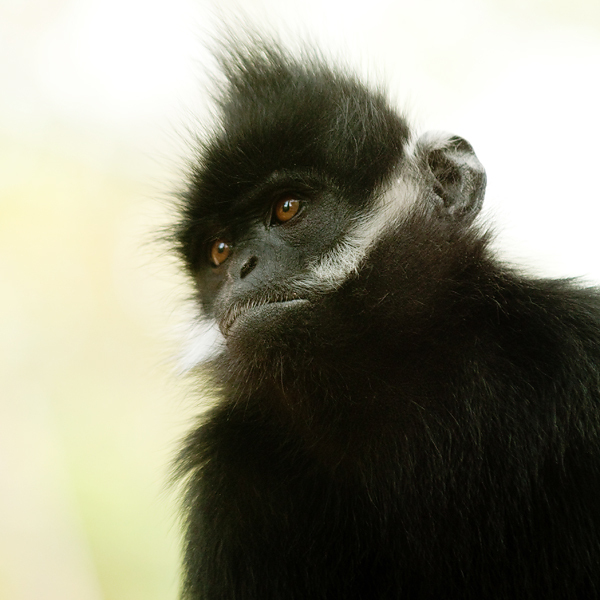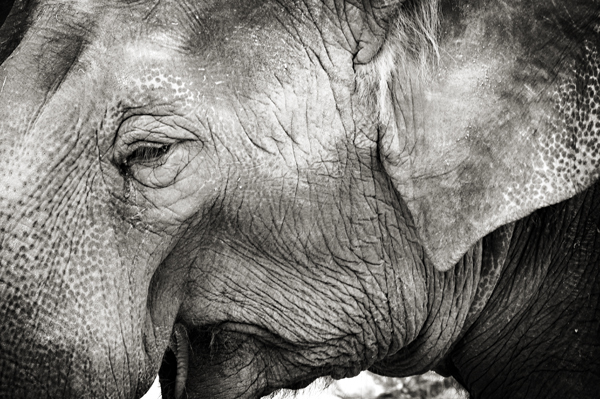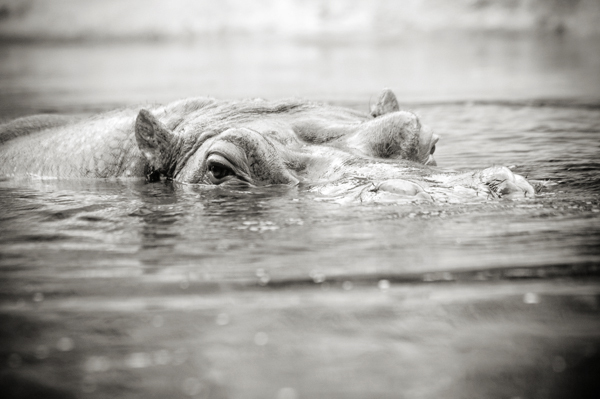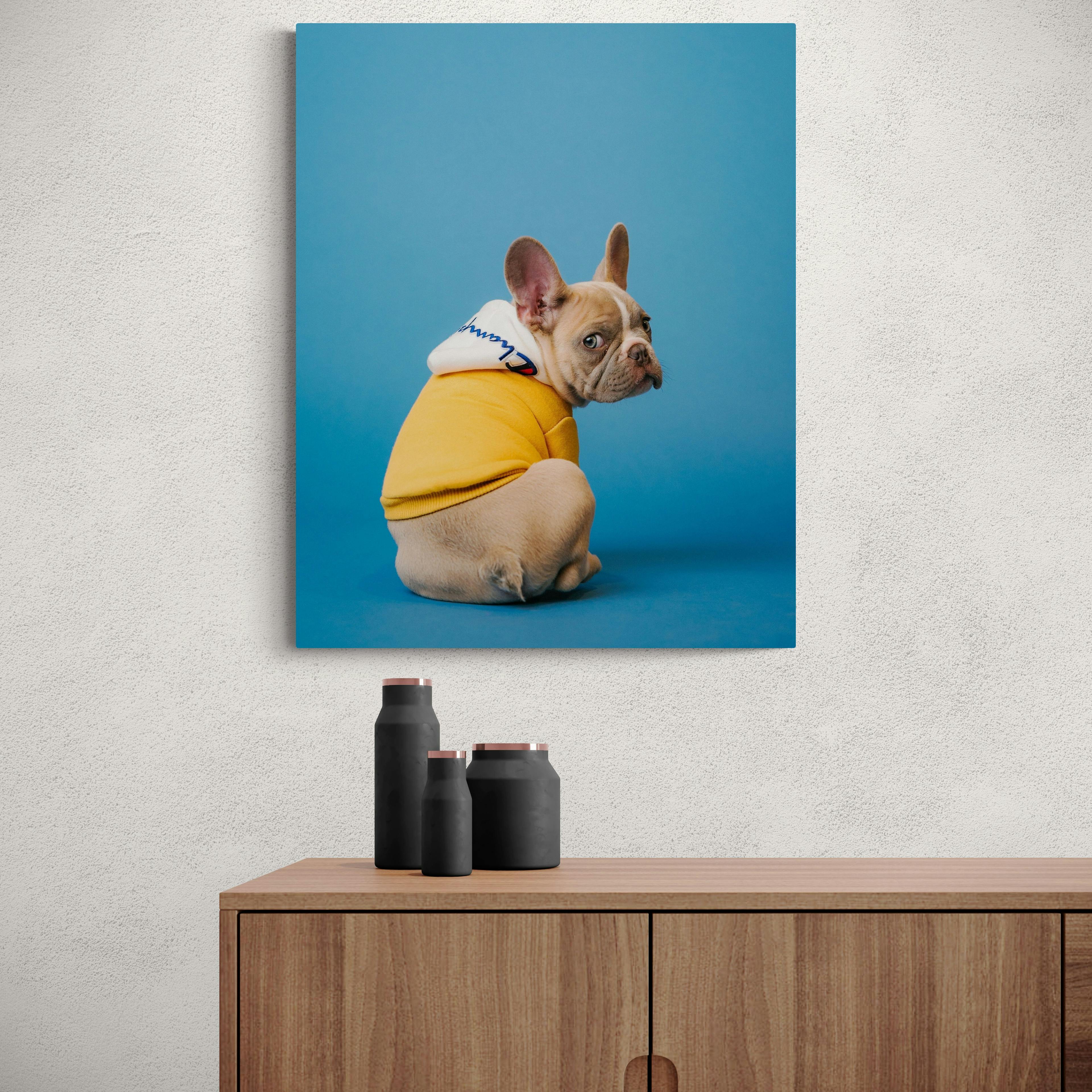"When did you guys go to Africa?" said my best friend on a recent visit to my home. Smiling, okay more like smirking with smug pride, I answered that the images were NOT from a safari but from a trip to the nearby zoo only a year earlier.
Like most of the modern world a safari to Africa, or any other exotic location, is not in the proverbial cards. A busy household, kids, work, and all of the other necessities of everyday life make a month on the savannah something that occurs only in my dreams. The good thing is that I have a very reliable digital camera, AND I know how to use that little bugger. This means that I can take photos that make people believe I went to Antarctica on a cruise, Africa on a safari, or even traveling in the rain forests of Central or South America.
Choosing the Right Place
Let me just get this straight with you before we begin talking about technical issues - not all zoos are ideally suited to good photography. They have to have the right environments for the animals, and they have to have nearly natural lighting conditions to make the illusions seem real. For example, a shot of a highland gorilla can be ruined by the florescent lighting that is the bane of most interior zoo dwellings.
In 2007, the
Popular Photography magazine listed some of its preferred zoos in the United States, and they included the Minnesota Zoo in Apple Valley, the National Zoo in Washington, D.C., the Oregon Zoo in Portland, the Point Defiance Zoo and Aquarium in Tacoma, WA, the San Diego Wild Animal Park, the St. Louis Zoo, and Woodland Park Zoo in Seattle. Naturally, these are not the only zoos where good shots can work, but they received "kudos" because of the conditions, settings, and lighting.
The Technicalities
Here's the thing about good shots at zoos...they often give you chances that couldn't happen in the wild. Unless you are the owner of one of those enormous telephoto lenses, the option for a close-up of a lioness or a grizzly bear are pretty limited. In the zoo, however, you can take even a point and shoot along with a tripod, and get some really remarkable images.
I suggest the following:
- Get there EARLY! Not only will you beat the crowd that inevitably shows up later in the day, but you will catch the animals during their morning feeding. The animals are much more active in the morning hours.
- Try for "headshots" that blur the background and give a very focused image - it is tempting to attempt to capture a scene, but a close-up of an animal's face is much more interesting.
- Follow the advice from PopPhoto.com and find out about any mating activities because animals "in rut" or making mating displays are incredibly photogenic. Think antlers and unique colors, etc.
- Shoot with an awareness about enlarging. The images that my friend was so "wowed" by had been enlarged and printed as a photo on canvas. This enhanced the colors and really made it an art print. To shoot for photo canvas prints means keeping the ISO as low as possible and using a camera with a decent resolution in terms of megapixels and sensor size.
If you keep these things in mind, make some plans for the best locations, and take a lot of shots at each position, you should have some impressive and convincing "safari" photographs. Here are a few examples to show you what I mean. These photos were taken at the San Antonio Zoo.
